Oregano Showdown: Greek vs. Italian – Which One Packs More Punch?
If you’ve ever stood in front of the spice aisle, squinting at two bottles labeled "Greek oregano" and "Italian oregano," wondering if they’re just fancy marketing terms or if there’s actually a difference, then congratulations—you're not alone.
In this spicy showdown, we'll break down everything you need to know about Greek vs. Italian oregano, from flavor profiles to culinary uses, aroma strength, and which one should be your go-to in the kitchen. Buckle up—it’s time to spice things up!
Table of Contents
- What Exactly is Oregano Anyway?
- Greek Oregano vs. Italian Oregano: The Big Difference
- Flavor Profiles: Bold vs. Bright
- Culinary Uses: When to Reach for Which?
- Practical Tips & Tricks for Using Each Type
- Want to Grow Your Own? A Mini Guide
- Myth Busting: Common Misconceptions About Oregano
- Summary: Greek vs. Italian Oregano Side by Side
What Exactly is Oregano Anyway?
Before we dive into the nitty-gritty of regional varieties, let’s get back to basics: What *is* oregano?
Oregano (Origanum vulgare) is a perennial herb that belongs to the mint family, Lamiaceae. Known for its strong aroma and intense flavor, it's used around the world in a variety of cuisines.
While the word “oregano” comes from the Greek words “oros” (mountain) and “ganos” (joy), translating roughly to “joy of the mountains,” don’t be fooled—its use isn’t limited to Greece. Different regions have cultivated their own variations, with Greek and Italian oregano being among the most popular.
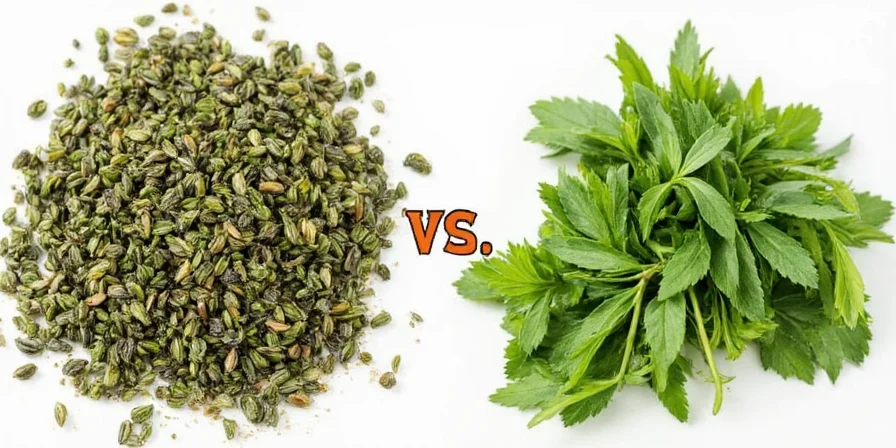
Greek Oregano vs. Italian Oregano: The Big Difference
Both Greek and Italian oregano come from the same plant family but differ slightly in species and flavor chemistry. Here’s a quick breakdown:
- Greek Oregano: Often referred to as true oregano (Origanum vulgare ssp. hirtum), it’s hardier, has fuzzy leaves, and tends to grow wild in Mediterranean climates.
- Italian Oregano: Usually a hybrid of sweet marjoram and common oregano (Origanum × majoricum), it’s more aromatic and slightly sweeter than its Greek counterpart.
| Characteristic | Greek Oregano | Italian Oregano |
|---|---|---|
| Scientific Name | Origanum vulgare ssp. hirtum | Origanum × majoricum |
| Leaf Texture | Fuzzy, coarse | Smooth, glossy |
| Aroma | Earthy, pungent | Sweet, floral |
| Flavor Intensity | Strong, peppery | Mellow, citrusy |
| Best Used In | Robust dishes, grilled meats | Pasta sauces, pizzas, tomato-based dishes |
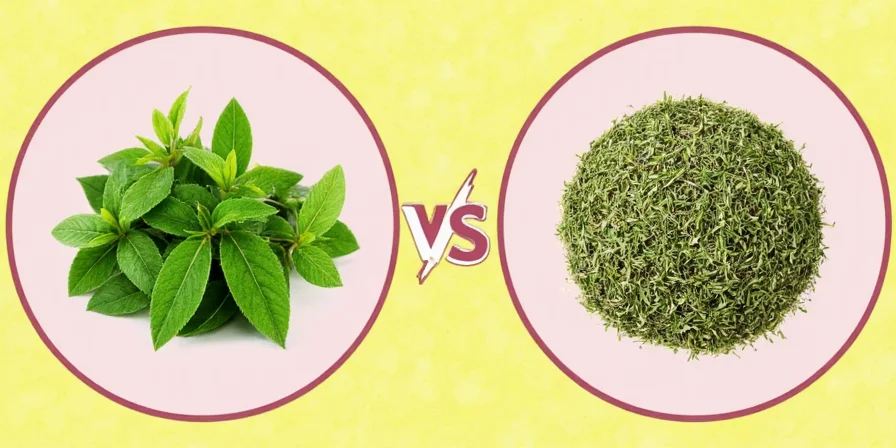
Flavor Profiles: Bold vs. Bright
Let’s talk taste—because that’s what really matters when you’re cooking up a storm.
- Greek Oregano: If flavor were a rock concert, Greek oregano would be the lead guitarist—bold, punchy, and unapologetic. It brings a strong, almost minty, earthy note with hints of pepper and camphor.
- Italian Oregano: Think of Italian oregano as the backup singer who unexpectedly steals the show—less aggressive, more fragrant, with gentle notes of citrus and sweetness.
Because of these differences, substituting one for the other can change the entire vibe of your dish. But hey, sometimes that’s okay—we’ll get to that later.
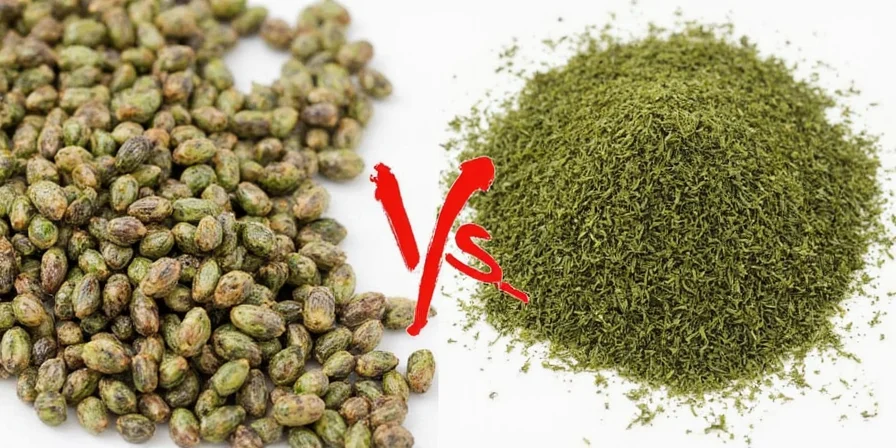
Culinary Uses: When to Reach for Which?
Choosing between Greek and Italian oregano isn't just about personal preference—it’s about matching the herb to the dish.
- Greek Oregano Is Best For:
- Grilled meats and lamb shawarma
- Mediterranean salads like Greek salad
- Herb blends like za’atar or Greek seasoning mixes
- Rubbed onto vegetables before roasting
- Italian Oregano Is Best For:
- Classic marinara and pizza sauces
- Pasta dishes (especially with tomatoes)
- Eggplant parmesan and stuffed peppers
- Bread seasonings and focaccia toppings
Pro Tip: Italian oregano shines in slow-cooked dishes where it infuses beautifully into sauces over time. Greek oregano, on the other hand, holds up well to high heat and bold flavors.
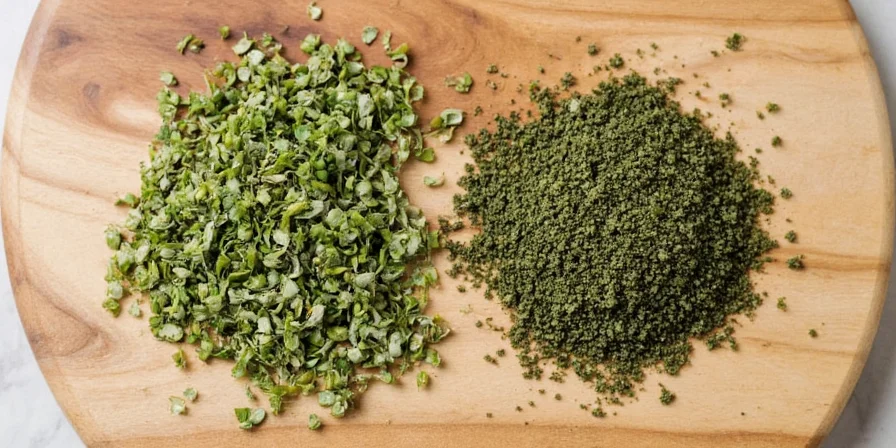
Practical Tips & Tricks for Using Each Type
Now that you know what each oregano brings to the table, here are some actionable tips to elevate your cooking game:
- For Greek Oregano:
- Dry it yourself for stronger potency (fresh can be too mild).
- Use sparingly—this stuff is powerful!
- Add early in cooking for deeper flavor infusion.
- Pair with lemon, garlic, olive oil, and thyme for a classic Greek flavor combo.
- For Italian Oregano:
- Use fresh for maximum brightness in summer dishes.
- Add near the end of cooking to preserve delicate aromatics.
- Infuse olive oil with sprigs for a subtle herbal kick.
- Combine with basil, rosemary, and fennel seeds for Italian magic.

Want to Grow Your Own? A Mini Guide
Why buy when you can grow? Both types of oregano are super easy to cultivate—even if you’re not exactly Martha Stewart with a green thumb.
- Greek Oregano:
- Thrives in dry, rocky soil (think Mediterranean vibes).
- More drought-resistant; perfect for xeriscaping.
- Needs full sun and good drainage.
- Italian Oregano:
- Prefers fertile, well-drained soil with regular watering.
- More suitable for containers or garden beds.
- Can be grown indoors during winter months.
Tip: Pinch off flower buds to encourage leaf growth. Trust us, you’ll thank yourself later.
Myth Busting: Common Misconceptions About Oregano
Time to debunk some myths floating around the spice world:
- Myth #1: All oregano is the same.
Reality: Nope! As we've seen, Greek and Italian oregano are chemically and culinarily different. - Myth #2: Fresh is always better than dried.
Reality: Not necessarily. Dried Greek oregano often has a more concentrated flavor that works better in hearty dishes. - Myth #3: Oregano is just for Italian food.
Reality: Please. Try it with Mexican tacos, Middle Eastern kebabs, or even Indian-inspired lentil stews.
Summary: Greek vs. Italian Oregano Side by Side
Still confused? Let’s recap with a handy cheat sheet:
| Factor | Greek Oregano | Italian Oregano |
|---|---|---|
| Taste | Peppery, robust, earthy | Sweet, mellow, citrusy |
| Texture | Fuzzy, rugged | Smooth, glossy |
| Cooking Method | High heat, long cook times | Slow simmering, finishing touch |
| Best Substitutes | Marjoram, thyme | Basil, savory |
| Growing Conditions | Dry, sunny, poor soil | Rich soil, moderate water |
Conclusion
So, Greek vs. Italian oregano—who wins the title of Ultimate Herb Champion?
The truth is, it all depends on what you’re cooking and how you like your flavors served: bold and punchy, or smooth and aromatic. Both have their place in the spice rack—and now you know exactly where and when to use them.
Whether you're firing up the grill for Greek souvlaki or simmering a Sunday sauce for lasagna night, knowing the difference between these two herbs can make all the difference in the final flavor of your dish.
So next time you reach for that little jar of oregano, pause for a moment. Ask yourself: Am I feeling Greek tonight… or Italian? And remember—the choice is yours, and it’s delicious either way.
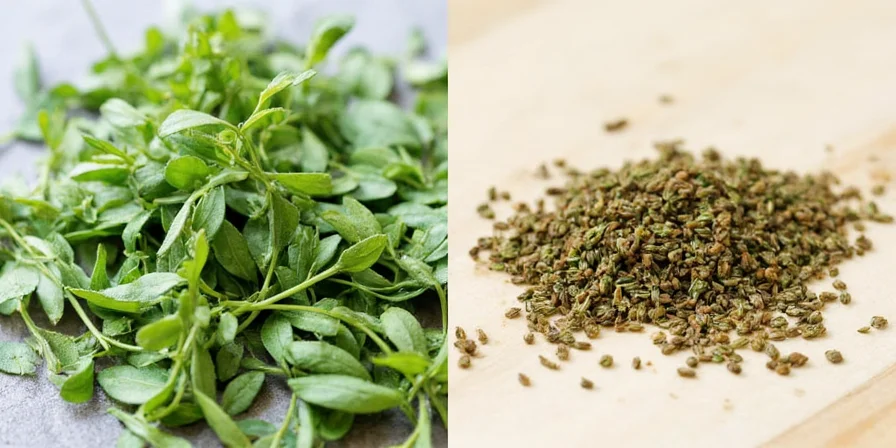

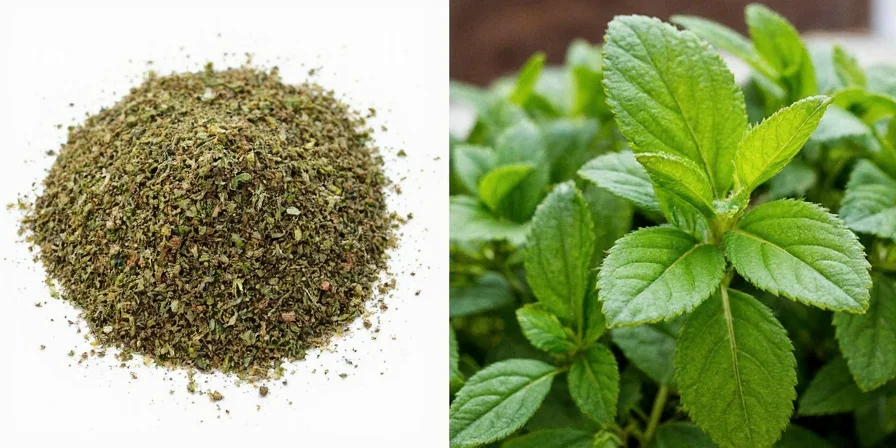









 浙公网安备
33010002000092号
浙公网安备
33010002000092号 浙B2-20120091-4
浙B2-20120091-4